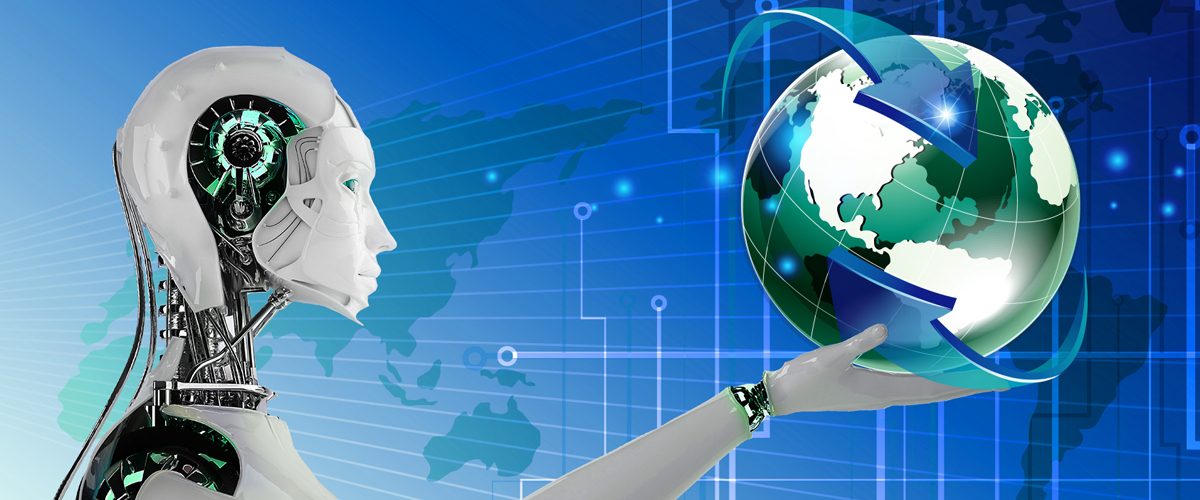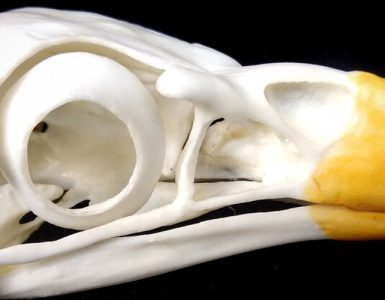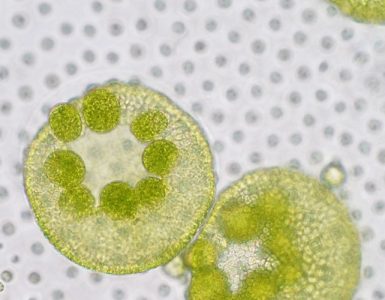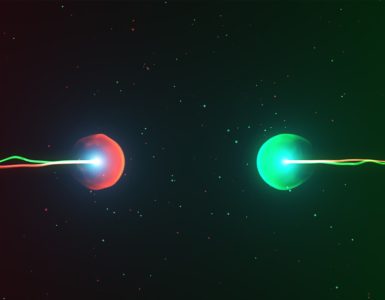Computers perform many tasks better than humans, but there are few tasks that computer is still struggling with but humans are exceptionally skilled in it, and that’s imagination. It is because we envision objects based on their attributes and can separate one from another. A group of scientists at the University of Southern California successfully developed ab AI that has the human-like capabilities to visualize unseen objects with changed attributes. This study about Zero-Shot synthesis was presented at the 2021 International Conference on Learning Representations.
Imagination is a superior creative process that allows objects, sensations, and ideas to be represented in the mind that does not always correlate with reality: for example, an orange cat. It is a complex cognitive process that allows us to think in possibilities: for example, we can imagine possible consequences of a decision that we must make.
Based on different attributes like shape, size, color, position, pose ,etc. We can imagine new objects with different characteristics by simply recombining them – using a neural network. Using this method Computer Scientists Yunhao Ge and the team are trying to empower AI by letting it unlock its capacity for imagination, So the AI system can make up, how an object should look like, even if it hasn’t seen one. The primary requirement for making this all possible is extrapolation that is; using a big bank of training data to then go beyond what’s seen into what’s unseen. This sounds easy for humans, but for AI it is difficult due to their primary ability to spot particular patterns instead of broader attributes. To enable extrapolation by AI, the team used ‘controllable disentangled representation learning,’ the same approach that is used to create deep fakes (disentangling several components of a sample). Professor Laurent Itti and the team who worked on the project believe that
This new disentanglement approach, for the first time, truly unleashes a new sense of imagination in A.I. systems, bringing them closer to humans’ understanding of the world.
Though this method isn’t entirely novel, what’s innovative about it is that the processing of the sample is done in groups, instead of individually, allowing the AI to build semantic links, so it can better appreciate the similarities and differences between the provided samples thus taking a step further to unleashed the image of something entirely new.
There are several advantages of using this approach, for example; it will help in the creation of unbiased AI with neural networks that aren’t racist, by simply omitting highly sensitive attributes. Similarly, such enlighten AI could help physicians and biologists discover more useful drugs, synthesizing new drugs derived from imagining possibilities from the properties of various drugs.Infusing machines with imagination could also help create safer AI, for example by allowing autonomous vehicles to imagine and avoid dangerous scenarios never seen during rehearsals, opening a whole new era of ‘science of imagination’.

















Add comment